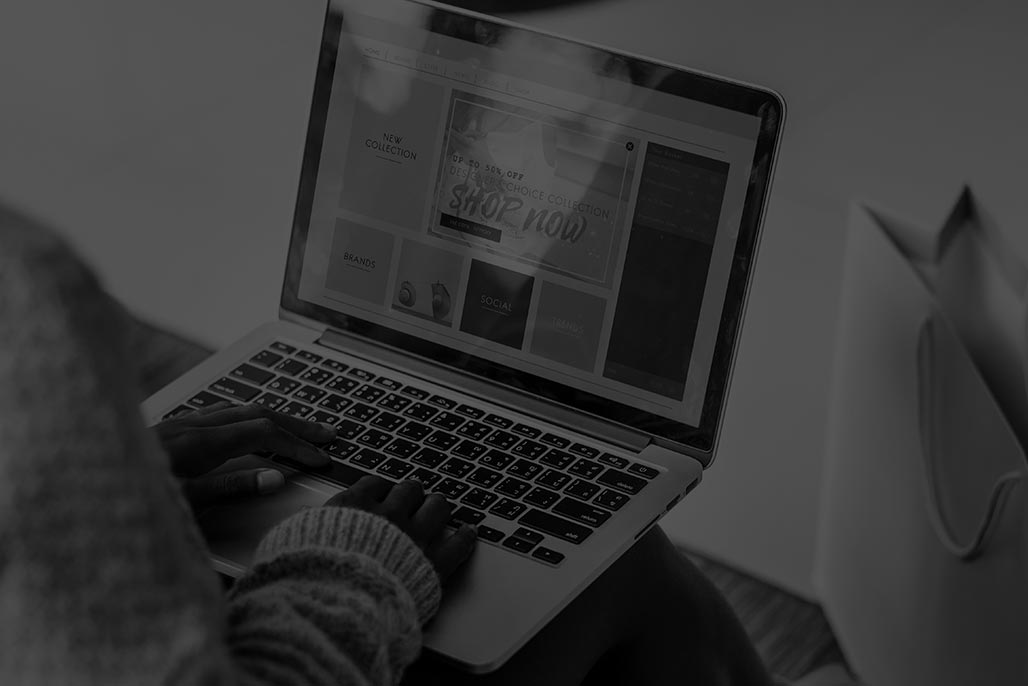Top Web Design and UI trends to Look Out For in 2021

We have seen some major strides in web designs in the last few years, be it the innovations or the accessibility that the pages offered. There are some trends that are already popular in 2020 and may continue to be so in the coming years as well. Here is a comprehensive list of web design and UI trends to watch out for (and incorporate in your websites) in 2021.
1. Use of White Space
It is no surprise that minimalism still rules the roost in web design. Although leaving large sections of your website empty might seem counterintuitive, it adds elegance and clarity to your website. Moreover, white spaces draw the attention of the users to the content you want to highlight.
Minimalism has seen a considerable evolution when it comes to implementing its principles in web design. Unequal or asymmetric white spaces that are unusually placed can elevate user experience and drive more calls to action.
2. Websites in Dark Mode
Dark Mode has been a go-to option for the vast majority of the population (provided that it is available in the app). Therefore it’s a given that this design trend would migrate to web designing as well.
One of the key reasons why designers are opting for the Dark Mode (apart from it being a crowd favourite) is the additional elements that complement the dark theme. Bright accent colours that direct the visitor to call of action, as well as typography that is reader-friendly increases web conversion and traffic to your website.
3. Jumbo-sized Typography and Elements
Oversized typography is preferred by designers because it is one of the easiest ways of sending your message across. What should have been jarring to the eyes of the users, has instead been loved by visitors for the drama and jazz that it adds to the website.
When going forward with large types, less is more. Don’t overwhelm the user with too many elements that will compete with each other. Use big elements and words in such a way that it conveys the message in the right manner.
4. Fanciful Illustrations
Illustrations that add to the quirkiness of the brand has been accepted by visitors since these elements have an offbeat and genuine feel to it. There are no hard and fast rules in this trend – designers can let their creative juices flowing.
Explore the key web design and UI trends to watch out for in 2021.

5. Superimposing Layers
In a website, having layers that overlap each other adds dimension to an otherwise monotonous layout. Having an effect that looks like elements are stacked up one on top of the other can look aesthetically pleasing if certain elements are larger than the other ones and there is ample use of white space. This effect is achieved by not just piling elements on top of the other, but also through parallax scrolling or lightboxes (window that appears on top of the webpage).
6. Soothing Colour Schemes
One of the primary reasons why Dark Mode became so successful was due to eye fatigue experienced by users who looked at their devices for far too long (aka every single one of us). Countless meeting on Zoom, work from home, and the endless doom scroll has definitely taken a toll on us. Rather than thinking in terms of black or white, designers have started opting for colour palattes that don’t strain the eye. Like mentioned previously, designers have taken a positive step by taking comfort of their users into account.
7. Use Products as Props
A large number of websites that are on the net deal with selling something, and designers have now started using products as design elements. It could be in the form of makeup that is used to write the type, or images cut in the shape of the products they sell.
8. 3D Effects
Neumorphism is a relatively new concept that is based slightly off of the previously used embossed images and apps. It gives a realistic depiction of the elements that enhance the user experience. Additionally, 3 dimensional images adds authenticity to the design.
9. Streamline the Navigation
It is highly probable that a user that lands on your website would have been directed from a search engine and may need to get acclimatised to your website to understand where he needs to navigate to. The navigation bar (which was once a staple of all websites) may be counterintuitive to the one who may want to get to a page with lesser effort. you could either choose to have the menu items tucked inside an icon, or the hamburger icon.
If you would have noticed the examples provided, you would notice that a lot of the webpages have two or more of the trends used. If you plan on utilsing any of the aforementioned styles in your website, make sure that it adds to the convenience, not make it difficult for the user.



